- No products in the cart.
Omeprazole-quinacrine caps. kish.rastv. 20mg 30 pc
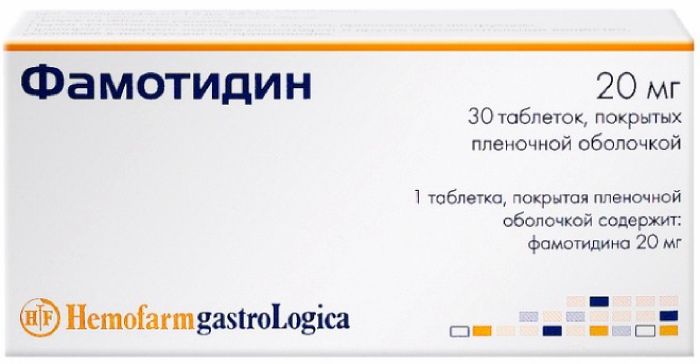
Famotidine tab p / 20 mg of 30 pcs, Hemofarm
$1.56
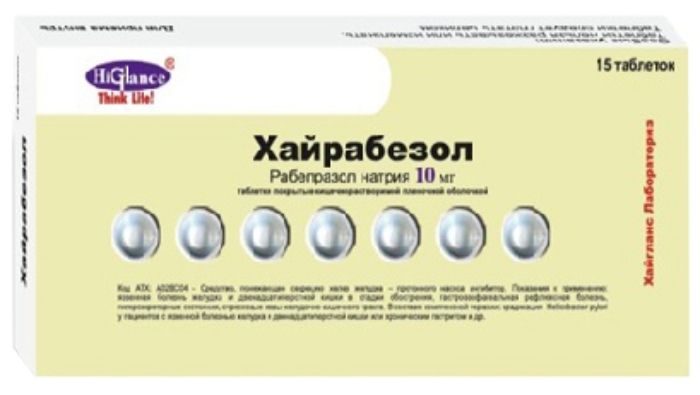
Hayrabezol tab n / an kish.rastv. 10 mg 15 pcs
$8.00
$1.71
Omeprazole-quinacrine caps. kish.rastv. 20mg 30 pc
Description
Composition
Active substance:
1 capsule contains: omeprazole pellets, including 20 mg of omeprazole.
Excipients:
Mannitol 17%, 27.33% sucrose, sodium phosphate (dibasic sodium phosphate) 1.27% sodium lauryl sulfate 0.34%, lactose monohydrate 3.4%, calcium carbonate 3.4%, hypromellose (hydroxypropylmethylcellulose) 8 75%, methacrylic acid-ethyl acrylate copolymer [1: 1] 25% propylene glycol 0.81% diethylphthalate 2.5% cetyl alcohol 0.75% sodium hydroxide 0.15% polysorbate-80 (Tween-80 ) 0.3%, povidone (polyvinyl pyrrolidone) 0.26% titanium dioxide 0.18% talc 0.06%) – 235 mg. Hard gelatin capsules (capsule body: 2% titanium dioxide, iron oxide yellow 0.25%, gelatin of up to 100% of the capsule lid: 0.5% of titanium dioxide, iron oxide yellow 0.65%, Iron oxide black 0.41% , indigotin 0.2086% gelatin, and 100%) – 76 mg.
Description:
Hard gelatin capsules dichromatic № 1: body yellowish cream-colored cap dark green color. Contents of capsules – pellets from almost white to creamy-white or yellowish-white color.
Product form:
Capsules of 20 mg.
10 capsules in blisters. 1, 2 or 3 blisters together with instructions for use placed in a pile of cardboard.
Contraindications
Hypersensitivity to omeprazole or other components of the formulation; simultaneous use with erlotinib, posaconazole, nelfinavir, drugs Hypericum perforatum; The combined use of clarithromycin in patients with hepatic impairment; a rare hereditary form of lactose intolerance, lactase deficiency, sucrase / isomaltase, glucose-galactose malabsorption, fructose intolerance; Children under 2 years of age and weighing less than 20 kg (for the treatment of reflux esophagitis, symptomatic treatment of heartburn and regurgitation with gastroesophageal reflux disease); children under 4 years of age or with body weight less than 31 kg (in treatment of duodenal ulcer caused by Helicobacter pylori); Children up to age 18 years for all indications, except for gastroesophageal reflux disease and duodenal ulcer associated with Helicobacter pylori.
Carefully
Kidney and / or liver insufficiency; osteoporosis; pregnancy; simultaneous application of atazanavir (omeprazole dose should not exceed 20 mg per day), clopidogrel, itraconazole, warfarin, cilostazol, diazepam, phenytoin, saquinavir, tacrolimus, clarithromycin, voriconazole, rifampicin; the presence of “alarm” symptoms: significant weight loss, recurrent vomiting, vomiting with blood, impaired swallowing, discoloration of feces (tarry stools); a deficiency of vitamin B12 (cyanocobalamin).
Dosage
20 mg
Indications
Gastric ulcer and duodenal ulcer (including relapse prevention); reflux esophagitis; Zollinger-Ellison syndrome; stress ulcers of the gastrointestinal tract (GIT); multiple endocrine adenomatosis; systemic mastocytosis; gastropathy caused by non-steroidal anti-inflammatory drugs (NSAID gastropathy); Helicobacter pylori eradication in infected patients with gastric ulcer and duodenal ulcer (in combination therapy);
Children of gastroesophageal reflux disease in children older than 2 years; duodenal ulcer associated with Helicobacter pylori (in a combination therapy) in children older than 4 years.
Interaction with other drugs
While the use of omeprazole may be an increase or decrease in drug absorption, bioavailability, which is largely determined by the acidity of gastric juice (including erlotinib, ketoconazole, itraconazole, posaconazole, iron preparations and cyanocobalamin) .If the simultaneous use of omeprazole can be observed a significant lowering plasma concentrations of nelfinavir and atazanavir. While the use of omeprazole marked increase in plasma concentrations of saquinavir / ritonavir to 70%, while the patients tolerated the treatment of HIV infection is not deteriorated. The bioavailability of digoxin while the use of 20 mg of omeprazole is increased by 10%. Caution must be exercised while the use of these drugs in elderly patients. While the use of omeprazole may increase the plasma concentration and increase the half-life of warfarin (R-warfarin) or other vitamin K antagonists, cilostazol, diazepam, phenytoin, and other drugs metabolized in the liver by isoenzyme CYP2C19 (may require dose reduction of these drugs) . Concomitant treatment with omeprazole in a daily dose of 20 mg leads to a change in coagulation time in patients taking warfarin long, so when omeprazole patients receiving warfarin and other vitamin K antagonists, it is necessary to control the international normalized ratio (INR); in some cases may need a reduced dose of warfarin or other vitamin K antagonist Omeprazole 40mg once a day resulted in an increase in maximum plasma concentration and AIS cilostazol is 18% and 26%, respectively; for one of the active metabolites cilostazol increase was 29% and 69%, respectively.
Simultaneous use of clopidogrel and omeprazole should be avoided (it is recommended to consider alternative ways of antiplatelet therapy), because in the combined use of clopidogrel decreases plasma concentration is 46% on the first day of administration, and by 42% on day 5 of use. Omeprazole, while the application increases the plasma concentration of tacrolimus, which may require dose adjustment. During the period of combined treatment should be carefully monitored concentration of tacrolimus in the blood plasma, and renal function (creatinine clearance) .Induktory isozymes CYP2C19 and SYP3A4 (e.g., rifampicin, Hypericum perforatum preparations (Nureryuum rerforatum)) while the use of omeprazole can increase its metabolism, reducing thus its concentration in plasma. If concomitant use of methotrexate with proton pump inhibitors in some patients, there was a slight increase in MTX concentration in blood plasma. In the treatment of high-dose methotrexate is recommended to temporarily stop taking the drug Omeprazole-Akrikhin.
When co-administered with omeprazole clarithromycin or erythromycin in the blood increases the concentration of omeprazole. Concomitant use of omeprazole with amoxicillin or metronidazole does not affect the concentration of omeprazole in blood. Long term use of the drug-Akrikhin Omeprazole 20 mg 1 time per day in combination with caffeine, theophylline, piroxicam, diclofenac, naproxen, metoprolol, propranolol, ethanol, cyclosporin, lidocaine, quinidine and estradiol did not change in their concentration in the plasma. There was no interaction with the same time take an antacid.
Overdose
Symptoms: confusion, blurred vision, drowsiness, dry mouth, headache, nausea, tachycardia, arrhythmia.
Treatment: symptomatic. Hemodialysis is not effective enough.
pharmachologic effect
Pharmacodynamics:
A proton pump inhibitor, reduces the acid production – inhibits the activity of H + / K + -ATPase in the parietal cells of the stomach and thereby blocks the final step of acid secretion. The drug is a prodrug and is activated in the acidic environment of the secretory tubules parietal cells. Reduces basal and stimulated secretion regardless of the nature of the stimulus. Antisecretory effects after taking 20 mg occurs within the first hours, high – after 2 hours. Inhibition of 50% of the maximum secretion lasts 24 hours. A single dose per day provides a fast and effective inhibition of daytime and nocturnal gastric secretion, reaches its maximum after 4 days of treatment and disappear by the end of 3-4 days after admission. Patients with duodenal ulcer receiving 20mg of omeprazole maintains the intragastric pH at 3.0 for 17 hours. Due to the reduced secretion of hydrochloric acid concentration is increased chromogranin A (CgA) in the blood plasma.
Pharmacokinetics:
Absorption – high, the maximum plasma concentration is reached within 0.5-3.5 hours and the bioavailability, 30-40% (in hepatic failure increases to nearly 100%); having a high lipophilicity, the drug is easily penetrates the gastric parietal cells, communications with plasma proteins – 90-95% (albumin and alpha 1-acid glycoprotein) .Period-life – 0.5-1 h (liver failure – 3 h) clearance – 500-600 ml / min. Almost completely metabolized in the liver with CYP2C19 enzyme system to form several metabolites (gidroksiomeprazol, sulfide and sulfone derivatives, etc.), Pharmacologically inactive. It is an inhibitor of the isozyme CYP2C19. Renal excretion (70-80%) and in bile (20-30%). Chronic renal failure excretion decreases proportionally reducing creatinine clearance. In elderly patients, elimination decreases, bioavailability increases.
Pregnancy and breast-feeding
The results of studies indicate no adverse effects on pregnancy, health of the fetus and newborn child. Omeprazole drug-Akrikhin approved for use during pregnancy. Omeprazole is excreted in breast milk. However, when used in therapeutic doses, effects on the baby are unlikely. The drug can be applied during breastfeeding.
Conditions of supply of pharmacies
On prescription.
side effects
The frequency of side effects is classified in accordance with the recommendations of the World Health Organization: very common (> 1/10), common (> 1/100,
special instructions
Before therapy is necessary to exclude the presence of malignant process (especially gastric ulcer), because treatment, masking symptoms, may delay the correct diagnosis. Increasing concentrations of chromogranin A (CgA) in blood plasma can influence the results of the tests to detect neuroendocrine tumors. To prevent this influence must temporarily stop taking omeprazole for 5 days prior to the survey CgA concentration. The drug should be used with caution if there is any of the following symptoms or conditions: the presence of “alarm” symptoms – a significant weight loss, recurrent vomiting, vomiting mixed with blood, impaired swallowing, discoloration of feces (tarry stools) .Ingibitory proton pump particularly when using the drug in high doses and long-term use (> 1 year), may moderately increase the risk of fractures of the hip, wrist bones and vertebrae, especially in elderly patients or in the presence of other risk factors. In patients treated with omeprazole for at least three months it was registered severe hypomagnesemia, which is manifested by symptoms such as fatigue, delirium, convulsions, dizziness and ventricular arrhythmia. In most patients, hypomagnesaemia was stopped after cancellation of the proton pump inhibitor and the introduction of magnesium preparations. In patients undergoing long-term therapy or omeprazole are assigned to digoxin or other drugs that can cause hypomagnesemia (eg diuretics) should evaluate the content of magnesium prior to initiating therapy and periodically monitor it during treatment.
Omeprazole, as all drugs that reduce acidity, can lead to decreased absorption of vitamin B12 (cyanocobalamin). This should be remembered in patients with a reduced supply of vitamin B12 in the body, or with risk factors for malabsorption of vitamin B12 during prolonged therapy. Patients taking drugs that reduce the secretion of gastric glands, over time, increasingly concentrated education glandular cysts in the stomach, which run independently on the background of continued therapy. These phenomena are caused by physiological changes as a result of inhibition of gastric acid secretion. Reduced secretion of hydrochloric acid in the stomach by the action of proton pump inhibitors or other acid-inhibiting agents leads to an increase in the growth of normal intestinal microflora, which in turn may lead to a slight increase in risk of intestinal infections caused by bacteria of the genus Salmonella spp. and Samrulobaster spp., as well as probably the bacteria Clostridium difficile in hospitalized patients.
Effect on the ability to drive, mehanizmamiOtsutstvuyut data on the effect of the drug on the ability to drive, or other mechanisms. However, due to the fact that during therapy may experience dizziness, blurred vision and drowsiness, use caution when driving or while working with machinery that requires high concentration and psychomotor speed reactions.
Storage conditions
In a dry place, protected from light at a temperature not higher than 25 C.
Keep out of the reach of children.
Dosing and Administration
Inside, do not chew. Capsules typically taken in the morning, with a small amount of water (immediately before a meal or during a meal).
During exacerbation of peptic ulcer, reflux esophagitis and gastropathy of NSAIDs – 20 mg 1 time per day. Patients with severe reflux oesophagitis omeprazole dose-Akrikhin increased to 40 mg 1 time per day. The course of treatment of duodenal ulcer – 2-3 weeks, if necessary -4-5 weeks; for stomach ulcers and esophagitis – 4-8 weeks. Patients refractory to treatment with other anti-ulcer drugs, omeprazole Akrikhin-administered 40 mg / day. The course of treatment of duodenal ulcer – 4 weeks, with gastric ulcer and reflux esophagitis – 8 weeks.
When Zollinger-Ellison – 60 mg / day; if necessary to increase the dose of 80-120 mg / day (in which case it is administered in 2-3 doses).
For the prevention of relapse of peptic ulcer – 20 mg 1 time per day.
For eradication of Helicobacter pylori using a “triple” therapy (for 1 week: Omeprazole-Akrikhin 20 mg, amoxicillin 1g, clarithromycin 500 mg – 2 times a day, or omeprazole-Akrikhin 20 mg, clarithromycin 250 mg metronidazole 400 mg – to 2 times a day, or Akrikhin-omeprazole 40 mg once a day 1, 500 mg of amoxicillin and metronidazole 400 mg – 3 times a day) or “double” treatment (for 2 weeks: Omeprazole-Akrikhin 20-40 mg moksitsillin 750 mg – 2 times a day, or Akrikhin-omeprazole 40 mg – 1 per day and 500 mg clarithromycin – 3 times per day or 0.75-1.5 g amoxicillin twice -2 day).
Children
In gastroesophageal reflux disease in children older than 2 years of age with a body weight over 20 kg – 20 mg 1 time per day. If necessary, the dose may be increased to 40 mg 1 time per day. Duration of treatment 4-8 weeks.
When duodenal ulcer associated with Helicobacter pylori, (as part of combination therapy) in children older than 4 years: the drug Omeprazole-Akrikhin applied to 20 mg 2 times a day in combination with clarithromycin and amoxicillin for 1 week. Clarithromycin and amoxicillin dosing regimen used in accordance with the instructions for use of said drugs.
Elderly patients (over 65 years) No dose adjustment is required.
In patients with renal impairment dose adjustment is required.
Patients with liver failure, the maximum daily dose of 20 mg.
Information
Appearance may differ from that depicted in the picture. There are contraindications. You need to read the manual or consult with a specialist
Additional information
| Weight | 0.100 kg |
|---|---|
| Manufacturer | QUINACRINE INN |

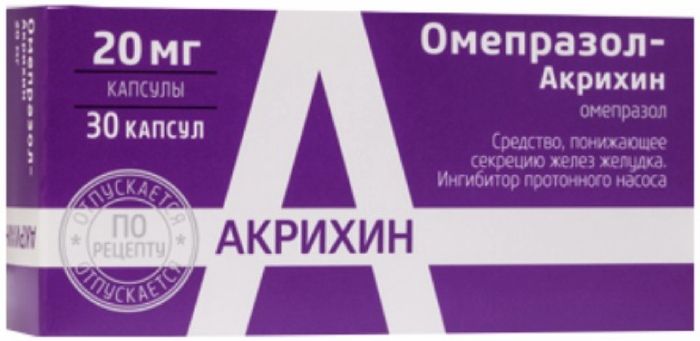
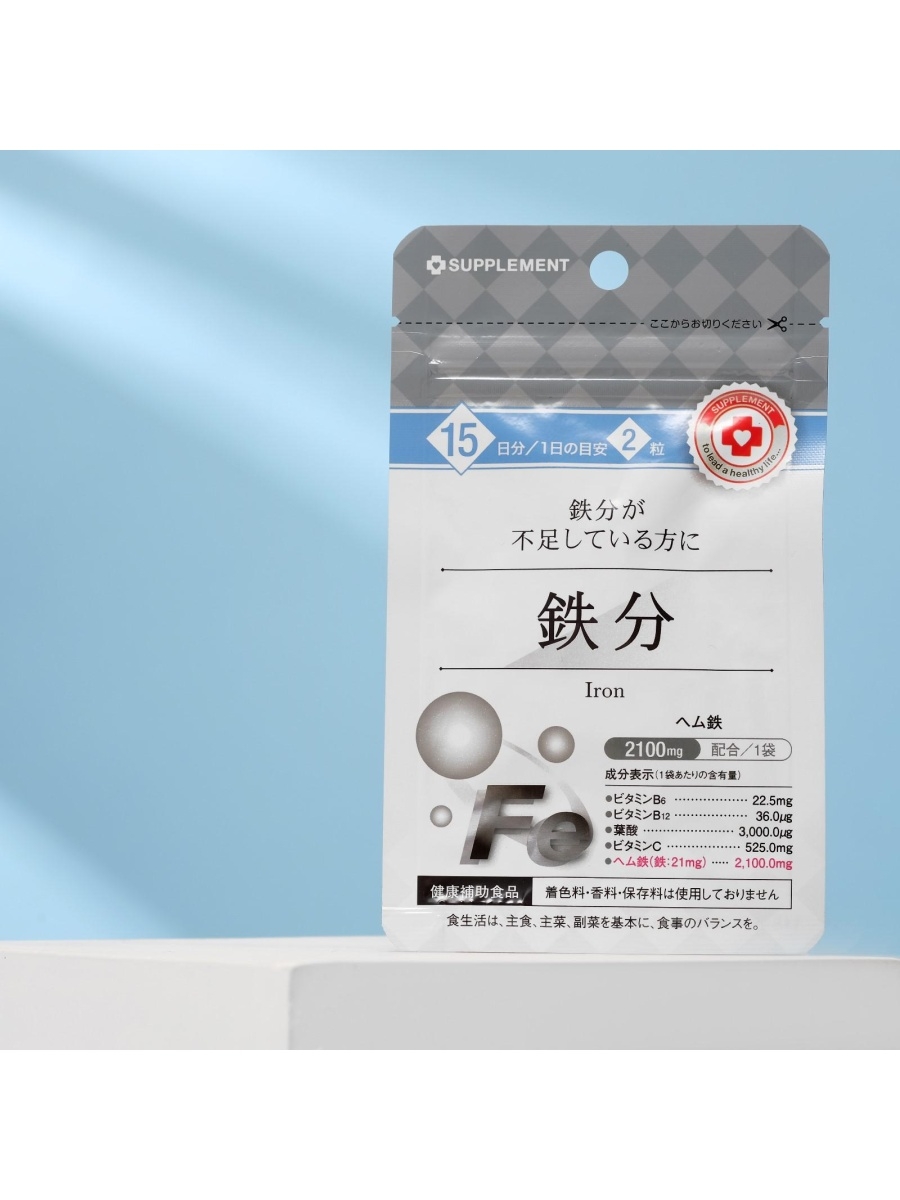
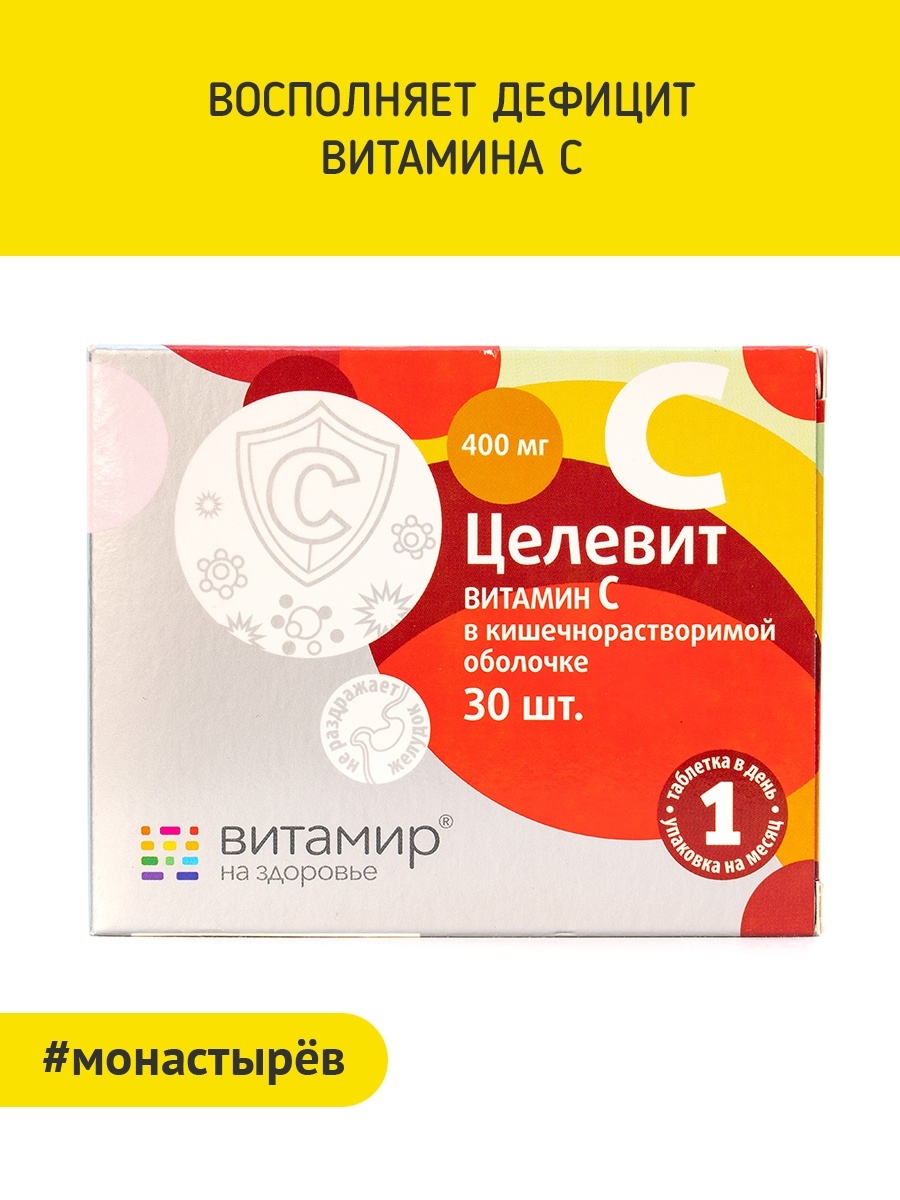
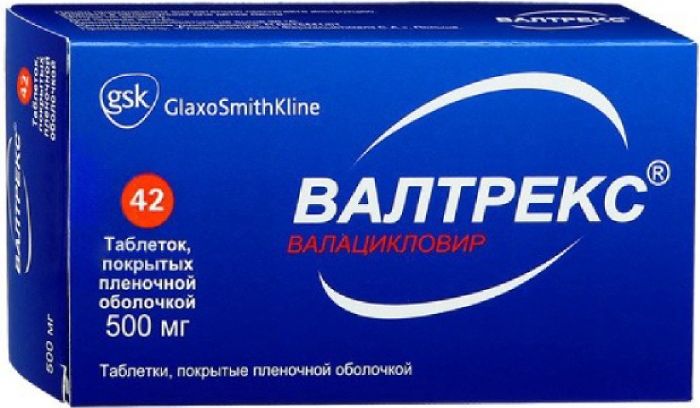

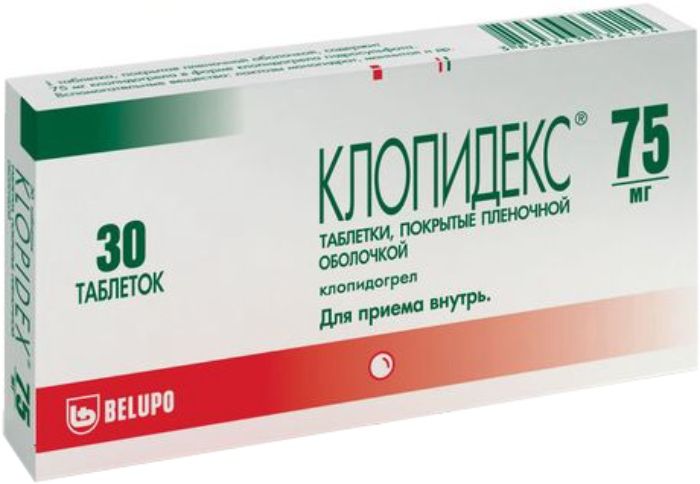





There are no reviews yet.